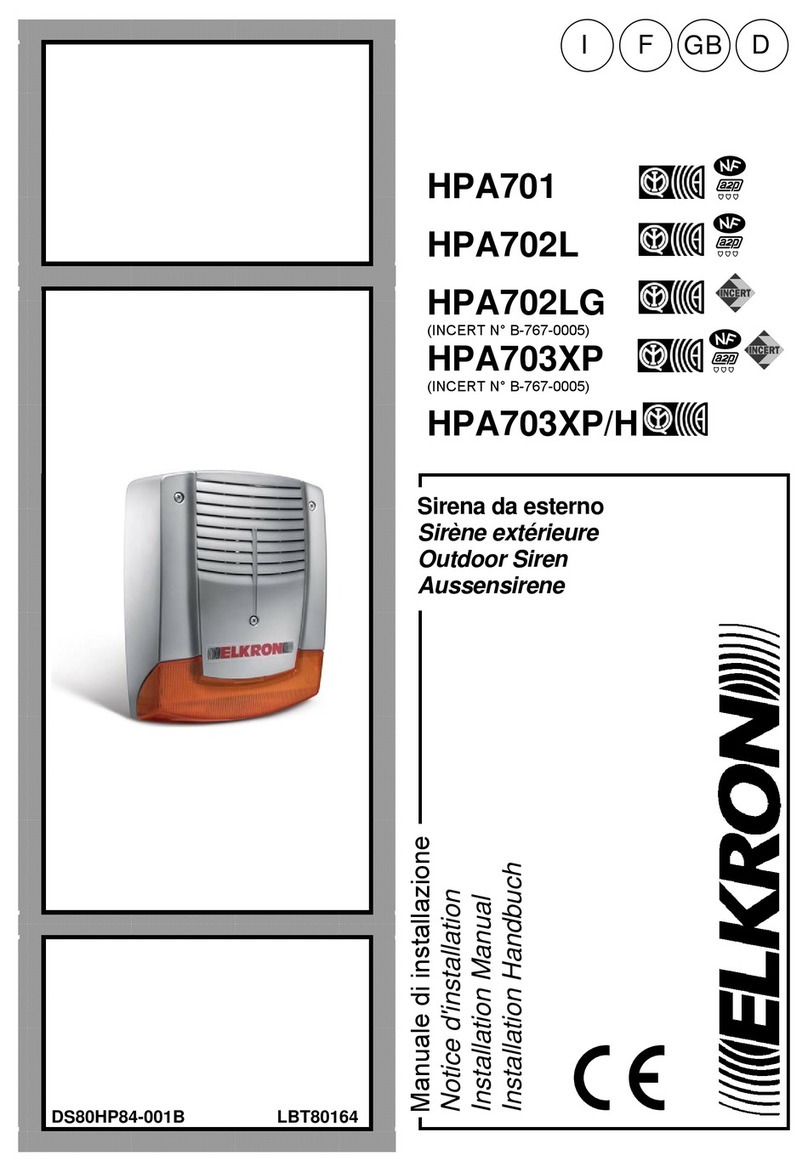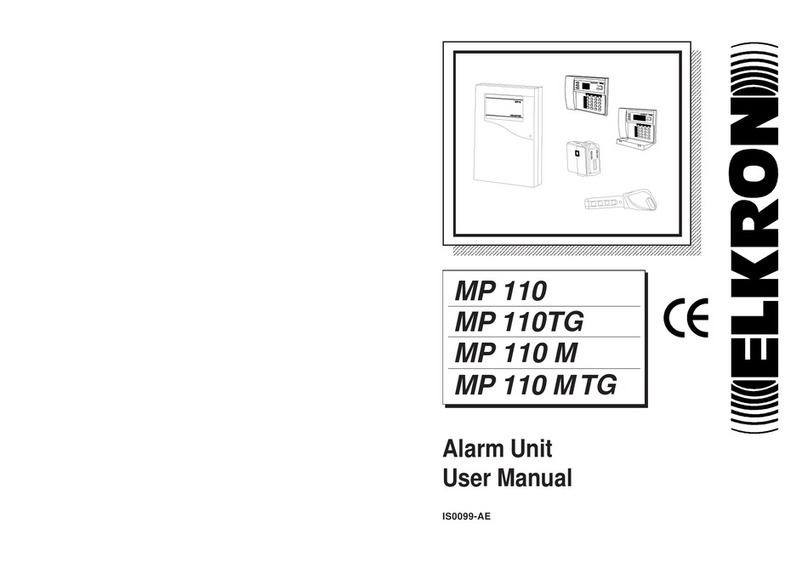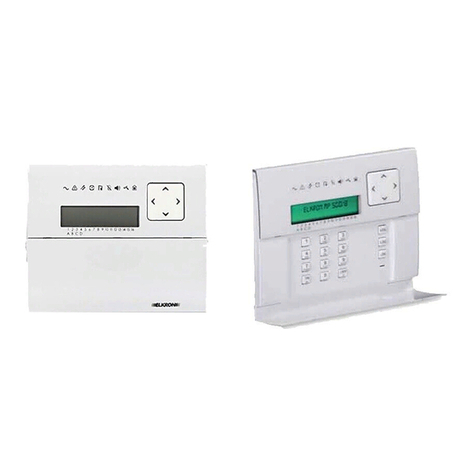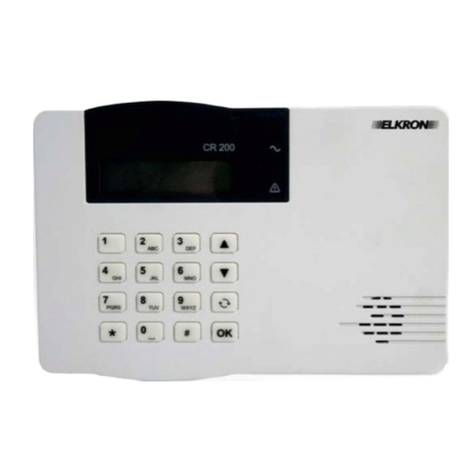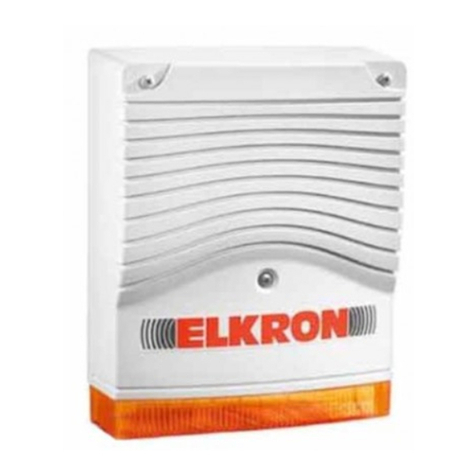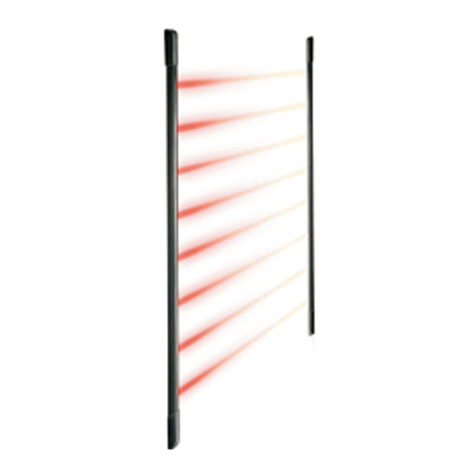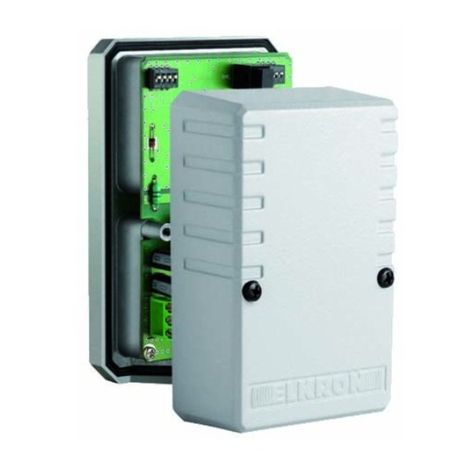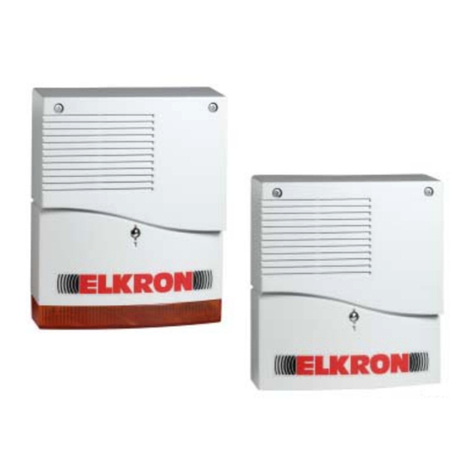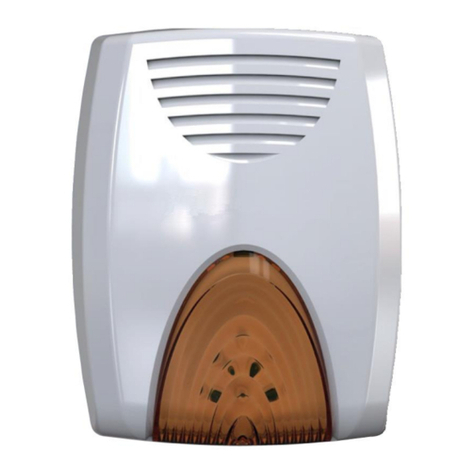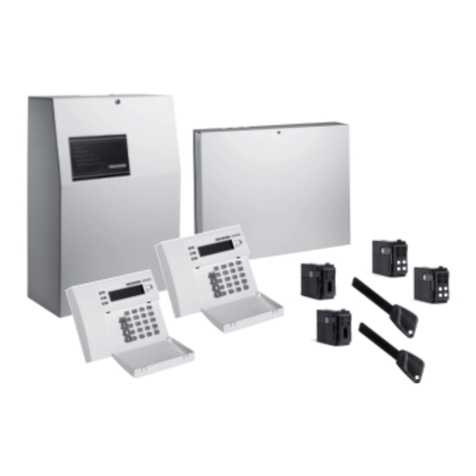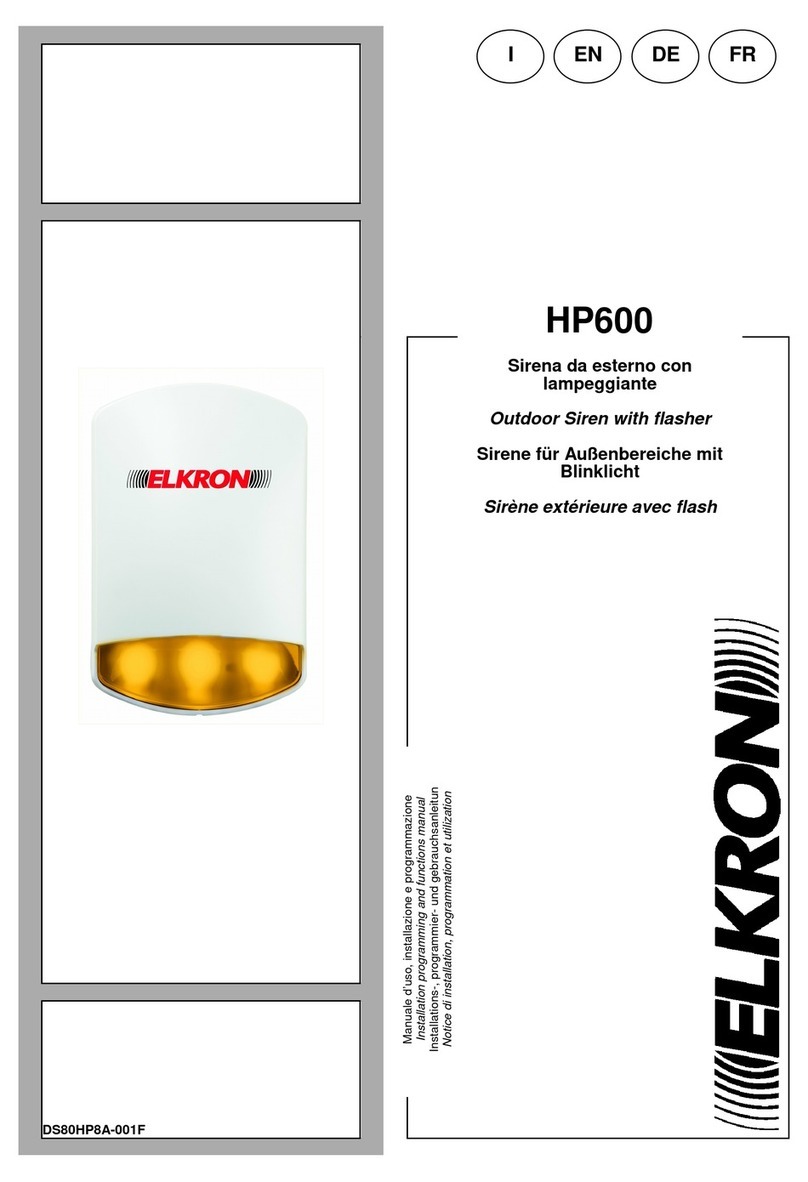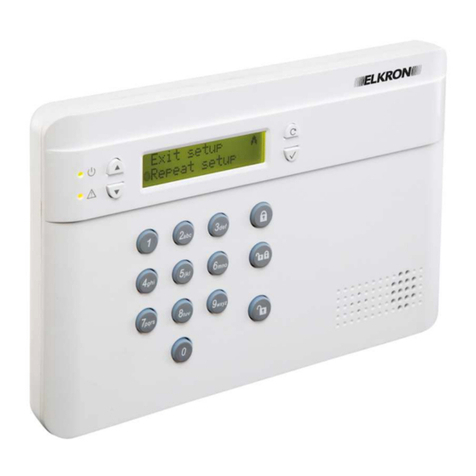4/8
VOYANT LUMINEUX
En mode de fonctionnement normal, le voyant lumineux ne s'allume que dans les situations suivantes :
• Lorsque le capot est ouvert et que le commutateur anti-sabotage est violé, le voyant s'allume.
• Lorsque le sabotage perdure ou que le détecteur d’ouverture est en état de pile faible, le voyant
s'allume à chaque activation du détecteur de porte.
Toutefois, lorsque le détecteur est en mode test, le voyant clignote à chaque activation.
PILE
Le DC200 utilise deux piles alcalines « AAA » de 1,5 2 V d'une durée de vie supérieure à 2 ans avec
une moyenne de 50 activations par jour.
La détection de pile faible fonctionne généralement lorsque le détecteur d’ouverture peut encore
fonctionner pendant un mois avant épuisement complet.
Remarque:
Lors du changement des piles, après avoir retiré les anciennes piles, appuyez deux fois sur le
commutateur anti-sabotage avant d'insérer les piles neuves.
SIGNAL DE VÉRIFICATION
• Une fois installé, le détecteur d’ouverture transmet automatiquement des signaux de vérification
au panneau de commande, à intervalles aléatoires de 30 à 50 minutes.
• Lorsque le centrale ne reçoit pas le signal du détecteur d’ouverture pendant une période
prédéfinie, il indique sur son écran que ce détecteur d’ouverture spécifique présente un problème
de signal manquant.
MISE EN SERVICE
• Déposez les vis de fixation et le capot.
• Insérez les deux piles « AAA » dans le support de piles en prenant soin de respecter la polarité.
• Le voyant clignote brièvement, patientez pendant 10 secondes.
• Placez le système en mode de reconnaissance du détecteur d’ouverture en appuyant sur le
bouton de reconnaissance/test. Consultez la section « Ajouter/supprimer un dispositif » du
manuel d'utilisation de la centrale.
• Une fois le détecteur d’ouverture reconnu, placez la centrale en mode «Test radio », tenez le
détecteur d’ouverture à l'emplacement voulu et appuyez sur le bouton de test pour confirmer que
l'emplacement se situe à portée de la centrale. Après vous être assuré que le détecteur
d’ouverture fonctionne à l'emplacement choisi, vous pouvez procéder à l'installation.
MÉTHODES DE MONTAGE
Vous pouvez installer le détecteur d’ouverture selon deux méthodes. En utilisant une fixation
autocollante ou vissée.
• Installation autocollante
1. Nettoyez la surface avec un dégraissant approprié.
2. Retirez la surface de protection d'un côté du support adhésif double face et appliquez-le
fermement au dos du dispositif.
3. Retirez ensuite l'autre protection et pressez fermement l'élément sur l'emplacement choisi.
Remarque:
N'utilisez pas l'installation adhésive sur une surface dont la peinture s'effrite ou craquelle, ni sur une
surface irrégulière.
• Montage vissé
La base comporte deux découpes, où le plastique est plus mince, pour le montage.
Montage du détecteur d’ouverture:
1. Déposez le capot.
2. Percez les découpes appropriées sur la base.
3. En utilisant les trous comme gabarit, percez les trous dans la surface de
montage.
4. Insérez les chevilles si le montage est effectué dans du plâtre ou de la
brique.
5. Vissez la base dans les chevilles de la paroi.


